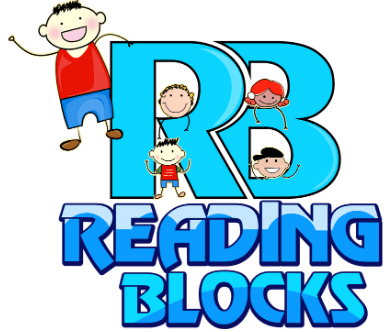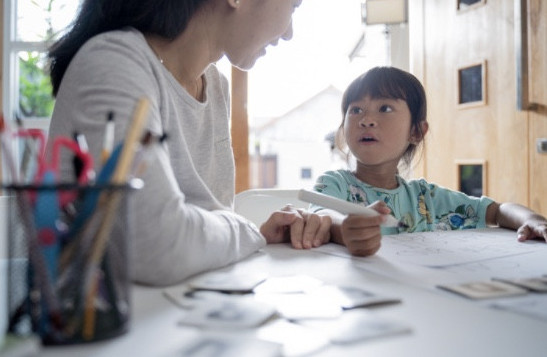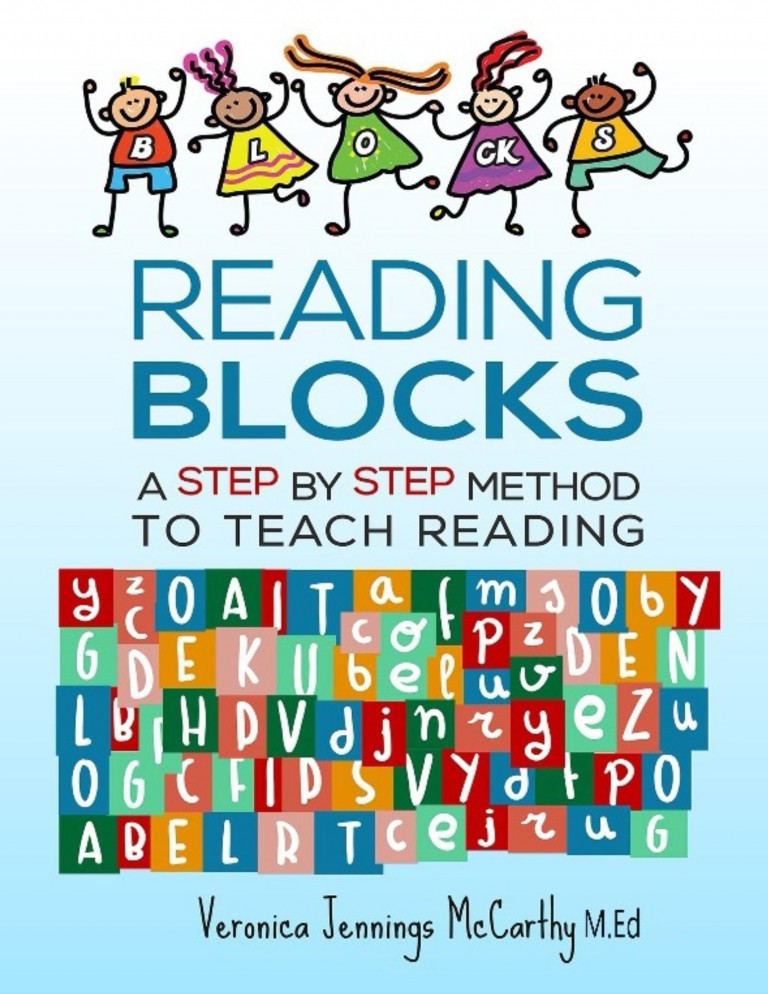Child Must Be Interested First

A child that is interested in learning how to read can definitely learn how to read in preschool. The key idea to note here is that the child must be interested in learning how to read. Otherwise, the process will be painful for the child and the person teaching the child
There are specific skills necessary to becoming a good reader. The skills include Phonemic Awareness, Alphabet knowledge, Decoding Skills, Comprehension, Fluency, and Vocabulary. If interested, you can read a more detailed overview of this process here.
Start With Small Chunks
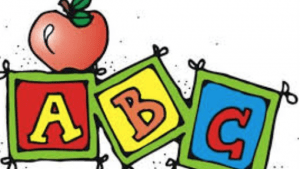
For preschool, you will focus on the earliest and most basic of reading skills which occur in four separate steps. You will start teaching with a small chunk of information. When the child learns the information in this small chunk, another chunk can be added. You only need to use one vowel (the short sound in the vowel “a”, like you hear in the beginning of “apple” and “ax” ) and four consonants (m, p, s, t) to begin your instruction. You can use these five letters in blending and separating sounds, making words, reading words, and making books to read.
Step 1 – Phonemic Awareness
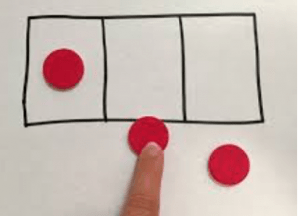
Step 1 – Phonemic awareness can be assessed first, before you begin actually teaching. You can find a phonemic awareness test here . Phonemic Awareness skills can be strengthened, if necessary, at the same time that you are teaching the letter names and sounds. The phonemic awareness skills we are interested in during preschool are: blending sounds (/a/+/t/ = /at/), separating sounds (/at/ = /a/ + /t/), and rhyming words (at, mat, sat, pat). You can find more information about phonemic awareness skills here.
Phonemic awareness skills are completed by hearing, not by seeing. You want the child to start
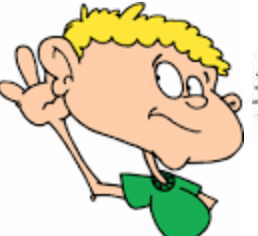
listening for the first sound he hears in a word. He does not need to know the name of the letter. He just has to be able to hear the sound he hears first. For example, in the word “mat” the first sound you hear is the /m/ sound. (One important concept to know at this point is that you do not want to add an extra sound to this letter. You do not want to make the /muh/ sound. A lot of people add an /uh/ to the letter sound. So /muh/ would be two sounds: /m/ and/uh/. You want to clip the sound and just say /m/ or /mmm/. Try making both of these sounds right now for practice. Do you see what I mean? Good. This will save you and your child a lot of trouble down the reading road.)
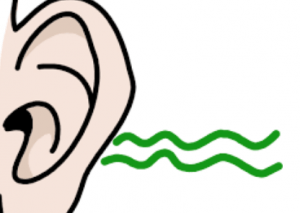
Have your child practice hearing the beginning sound in words that begin with the letters: m,s,p,t and the short “a” sound like you hear in the beginning of apple. These are the sounds we will be concentrating on for the beginning reading skills. Some examples of words to use for hearing beginning sounds are: mat, sat, pat, mam, sam, pam, map, tap, sap. Just say the word out loud and ask your child to tell you the sound he hears first. If he can not tell you the sound, help him out and tell him the sound. For example, “What sound do you hear first in the word ‘Sat’? I hear the /s/ sound in the word ‘Sat’. Can you hear the /s/ sound in ‘Sat'”? Continue practicing the beginning sound using the four consonants (m,s,p,t) and the short “a” sound (like in “apple, ax”).
Step 2 – Alphabet Name and Sound Knowledge
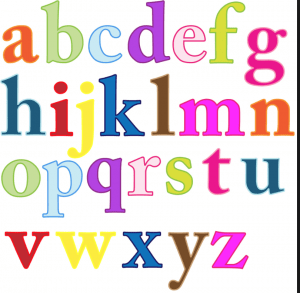
The child does not need to know all the letters and sounds of the alphabet before he begins making
and reading words. He just needs to know one vowel sound and a couple of consonant sounds to begin. Right now we will be working on a total of five sounds, one vowel and four consonants (a,m,s,p,t). These sounds are specifically chosen for several reasons (which I won’t get into here) and are the best sounds to begin with in a new reading program.
You can make a set of review cards for the sounds. Use index cards and a black and red marker. Use the black marker for writing the consonants (m, p, s, t) and use the red marker for writing the vowels (a). One letter per index card. When the child can easily respond with the letter name and sound, you can add another consonant or vowel. Only use the five letters to begin with so the child does not feel overwhelmed. You will be teaching decoding skills using only these five letters. Later, the child will apply these skills to more challenging reading tasks.
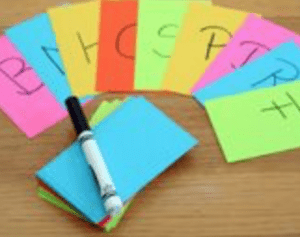
Start by introducing one of the index cards. Lay the card down and say, “This is the letter ____. When you see this letter you know that you should make the sound, ____. Let’s practice saying the letter name and the sound you make when you see this letter.”
You can explain that the letter you write is kind of like a picture for your eyes to see that matches the sound that your ears hear. So when your ear hears ____sound, you can write ____ for your eyes to see the sound that you made. After practicing this sound, introduce another one of the five sounds. Continue doing this for all five sounds. Continue to practice these sounds until your child can easily respond to all five sounds. You do not need to add another sound to the list until the first five sounds are mastered, and words have been made and read successfully with the five sounds.
Step 3 – Blending Sounds and Making Words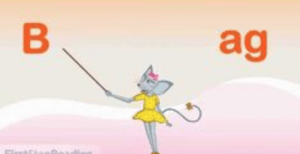
You will combine skills from step 1 and 2 that your child has mastered and begin to make words to read and write. So when your child knows the sounds for “a” and “t” you can combine the two sounds and practicing blending two sounds. “I make the ____ sound for this letter, and the ____ sound for this letter. So now let me try and squish these two sounds together and listen to what we hear, /at/” And then practice, /a/+/t/ makes the /at/ sound. Continue practicing using only two sounds at a time. Write down each two letter combination you make on an index card. You will use these cards for review and to make words and stories with later. You can make different two letter combinations with all of the five sounds. You must be successful with the two letter blending and reading before you move on to the three letter combinations. You can make pretend words as well because pretend words are really syllables inside a bigger word. Reading the smaller portions of the word in the pretend word is great practice for reading bigger words later.
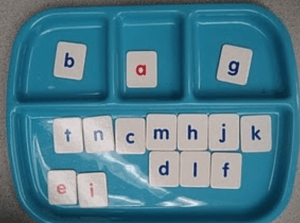
When your child knows the five sounds, and has practiced blending two sounds together, you can begin to practice blending three sounds together. For example, if you are blending the three sounds in “mat”, you would begin by saying each sound separately, and then combine all three sounds into the word, “/m/ /a/ /t/, “mat.” Do this for all the combinations you can make with your five sounds. Remember, every word and syllable has a vowel, so every word or syllable that you make with these five sounds has to include the vowel “a”. Use your index cards to make the combinations of sounds and words.
Step 4 – Make and Read Mini Books
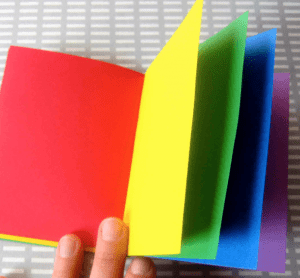
You will then make and read mini books based on the words you made in the previous step. For example, when you have blended and practiced reading /at/, you can write this word on a separate index cards. This set of cards will be for the words you have learned. Keep your alphabet cards separate for now. Every time you combine and blend different sets of letters together, make an index card to read using this combination. Syllables can be used also in your word practice index cards.
Once you have made several word cards, try and combine some words to make little sentences. Only
use the words you have learned so far. You can staple several small pieces of paper together to make a little book to read. One page can have the word or simple sentence, and the paper directly next to it can have a picture for the word or sentence. The child can practice reading these simple books to anyone who will listen. This practice will help the child to be put the word into his long term memory and will help him to become a fluent reader.

Continue to make index cards for each new letter practiced and learned, and an index card for every new letter combination or word. Continue to make little books using all the new sounds and words. Making the books and rereading the books is a great tool for building fluency.
Make these activities fun and engaging and your child will learn to love reading. The love of reading is a skill that will propel your child into a successful school journey that will evolve into the career of his choice.
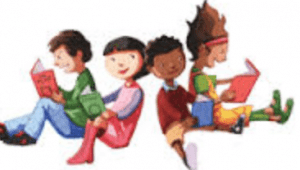
You can find all this information and a whole lot more in:
